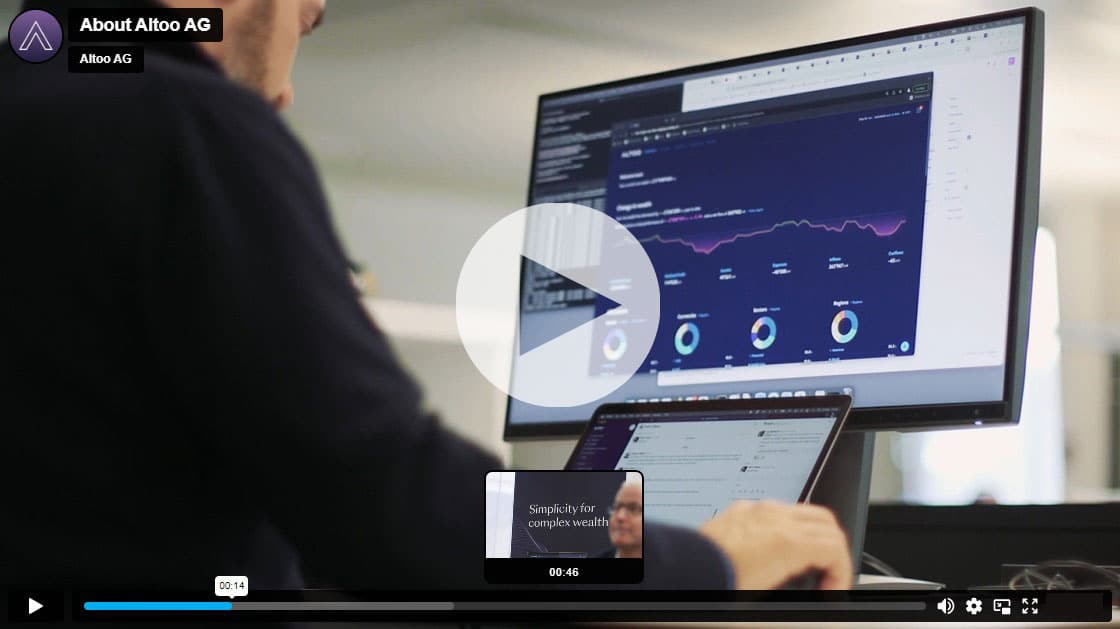Understanding the Family Banking Framework
Unlike traditional lending from formally licensed financial institutions, family banking — also referred to as family financing or intra-family capital allocation — is a strategic paradigm for thinking about family wealth. The core principle involves treating the family’s accumulated capital as a purposeful resource, carefully allocated to advance the family’s broader mission and values.
The family banking approach “professionalises” access to family capital by establishing clear terms upfront. Both the purpose of any financing and the definition of return on investment are agreed upon before capital deployment. This structured methodology minimises the all-too-common risk of family members misusing wealth: Capital allocation becomes deliberate and purposeful rather than reactive or emotional.
This model transforms what might otherwise be informal family loans or gifts into strategic investments that align with the family’s broader values and long-term objectives. Transparent accountability mechanisms help protect generational wealth while enabling meaningful ventures that benefit both individual family members and the family’s collective legacy.
Integrating Family Banking with Family Office Operations
Family banking can be incorporated into a family office in various ways based on specific family needs and circumstances.
Your Wealth, Our Priority: Altoo's Consolidation Power, Secure Document Management, and Seamless Stakeholder Sharing for High Net Worth Individuals. Preview Platform.
Some family offices create formal structures — for example, involving dedicated trusts or whole life insurance policies — to handle intra-family financing operations. These arrangements provide clear legal frameworks and tax advantages while maintaining professional oversight of capital deployment decisions.
Alternatively, family banking may function as a guiding philosophy or ethos embedded within the broader family office setup. In this approach, the principles of strategic capital allocation influence all family financial decisions without requiring separate legal entities.
The focus is on achieving the desired outcome — centralising family capital and making it deployable to support family goals in an organised, transparent manner — rather than adhering to specific structural requirements. This flexibility enables wealth owners and family offices to tailor family banking approaches to their unique circumstances, regulatory environments, and generational objectives.
Core Benefits of Strategic Family Banking
Family banking supports a comprehensive range of objectives that extend well beyond traditional financial returns. These strategic benefits create value across multiple dimensions of family wealth and legacy building:
01 Encouraging entrepreneurship and innovation
By providing structured loans or equity investments for family members’ business ventures, a family bank can foster innovation and develop self-reliance across generations. Family members gain access to capital while maintaining accountability for results, creating an environment where entrepreneurial risk-taking is supported but not subsidised without oversight.
02 Building intellectual and human capital
Strategic funding for education, skill-building programs, and mentoring initiatives enhances the family’s human capital, preparing future generations to manage wealth effectively and contribute meaningfully to society. Education through family banking often includes learning from the “school of hard knocks” — for example, a family member who receives a loan for a business venture that ultimately fails might “repay” the investment by documenting and sharing lessons learned so as to build the family’s collective knowledge base.
03 Strengthening family unity and governance
Structured processes — including annual family meetings, clear lending criteria, and transparent decision-making frameworks — solidify family connections and align members around shared goals. These mechanisms reduce conflicts by establishing predictable, fair procedures for accessing family resources whilst maintaining focus on collective long-term objectives.
04 Preserving and enhancing family legacy
By emphasising stewardship principles and long-term planning horizons, family banking ensures that wealth is both preserved and meaningfully deployed across generations. The approach creates systems that outlast individual family members while adapting to changing circumstances and opportunities.
Historical Foundations: Learning from Family Banking Pioneers
Historical precedents demonstrate the family banking model’s enduring effectiveness across different eras and economic environments. Two prominent examples illustrate how structured approaches to family capital allocation create lasting value:
01 The Rothschild innovation
The Rothschild family pioneered the modern family banking concept in the late 18th century when Mayer Amschel Rothschild established a systematic approach to deploying family capital across generations. Rather than relying on simple inheritance structures, family members received structured financing for education and business ventures, complete with clear repayment terms.
The family institutionalised knowledge sharing through annual meetings where members presented detailed assessments of both successes and failures. This disciplined approach to capital allocation and intellectual development created a self-reinforcing system that preserved and grew their wealth across multiple generations.
02 The Rockefeller refinement
The Rockefeller family advanced family banking into the modern era by creating sophisticated formal structures that institutionalised wealth preservation and strategic deployment. They developed complex trust arrangements and utilized whole life insurance policies to establish a self-sustaining wealth ecosystem that operated independently of individual family members’ decisions.
Death benefits from carefully structured life insurance policies replenished family trusts on a tax-advantaged basis, ensuring continuous capital growth while providing necessary liquidity for family investments and operations. This structural approach allowed them to formalise lending criteria, establish comprehensive governance frameworks, and create professional oversight mechanisms that continue to operate effectively today.
Practical Implementation: Action Points for Family Office Builders
For family office builders considering the family banking model, implementing this approach requires careful planning and systematic execution across several key areas:
01 Define clear objectives and mission
Begin by articulating the family’s core mission, fundamental values, and specific goals that the family bank should advance. Whether fostering entrepreneurship, promoting education, or building family unity, clear objectives guide decision-making and provide accountability frameworks. The family banking model proves particularly effective for teaching younger generations about stewardship whilst promoting financial education, responsibility, and independence.
02 Start small and iterate strategically
Consider beginning with informal arrangements to test and refine the family banking concept before establishing formal structures. This way, families can develop processes, identify potential challenges, and build confidence before committing to more complex arrangements. Periodically assess performance and adjust policies to reflect evolving family dynamics, changing market conditions, and lessons learned.
03 Establish transparent governance frameworks
Even during experimental phases, maintain transparency in rules governing lending criteria, repayment terms, and decision-making processes. Involve both family members and independent experts to ensure fairness and professional oversight. Clear governance prevents misunderstandings and maintains family harmony while protecting the integrity of family banking operations.
04 Engage professional advisors
Work with experienced legal, tax, and financial advisers to ensure compliance with applicable regulations and optimise operational structures. Professional guidance becomes particularly important when selecting appropriate vehicles such as trusts, limited companies, or life insurance policies.
Taking Family Banking Digital
Modern family banking increasingly requires digital infrastructure to meet the expectations of younger family members. Digital platforms offer enhanced transparency, near real-time access to information, and streamlined communication — all critical elements for successful family banking operations.
An advanced digital wealth monitoring and reporting solution like the Altoo Wealth Platform is an ideal fit, making it easy for all family stakeholders to:
01 Keep each other in the loop
Data flows into the platform automatically, eliminating manual copy-pasting of figures from quarterly reports or other documents and reducing both human error and administrative burden.
02 Understand performance comprehensively
The platform provides visibility into all portfolio assets, including loans to family members and equity stakes in their ventures. Data is automatically analysed and visualised in intuitive dashboards that make complex financial relationships easy to understand.
03 Communicate effectively
In comparison to dealing with external institutions, family banking involves more personal dynamics in which secure communications are paramount. The platform features encrypted digital messaging and secure storage for important documentation on loan agreements, investment terms, and more.
Takeaway
The family banking framework transforms capital from a static asset into a dynamic force for family development and social contribution. By implementing structured processes for internal capital allocation, families ensure that financial resources strengthen family bonds and advance shared objectives rather than creating divisions or enabling destructive behaviors.
Ready to explore how family banking can strengthen your family’s wealth strategy? Contact us to learn how the Altoo Wealth Platform can support your unique family banking objectives with the transparency, security, and functionality that modern family offices require.


















